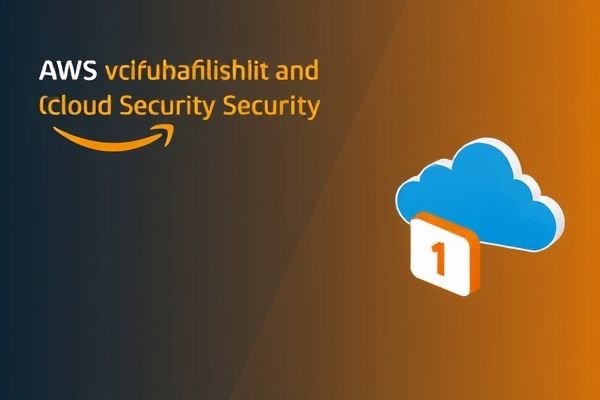In the realm of cloud security, AWS users must understand that not all security measures are guaranteed by the provider. AWS ensures robust infrastructure security, but the responsibility for securing applications, data, and configurations falls to users. This article will explore the common vulnerabilities in AWS environments and highlight critical strategies to mitigate risks.
Key Takeaways:
- Recognize that AWS secures its infrastructure, leaving customers responsible for their own applications and data.
- Regularly monitor and patch vulnerabilities to maintain a secure AWS environment.
- Implement strict access control measures to prevent unauthorized access.
- Utilize security tools like those offered by Intruder for proactive vulnerability management.
Understanding the AWS Shared Responsibility Model
AWS operates on a Shared Responsibility Model where the provider secures the infrastructure while customers must secure their applications and data. This paradigm establishes clear distinctions in the security landscape.
Critical AWS Vulnerabilities to Address
Several vulnerabilities are prevalent in AWS environments. Here are some that every user must address:
- Server-Side Request Forgery (SSRF): Attackers can exploit SSRF vulnerabilities by making unauthorized requests. Deploying AWS IMDSv2 can help mitigate risks.
- Access Control Weaknesses: Proper management of IAM roles is crucial to limit access to only necessary resources, avoiding overly permissive settings.
- Data Exposures: Ensure that sensitive data is not inadvertently accessible through applications, especially with vulnerabilities like Insecure Direct Object References (IDOR).
- Patch Management: Users must keep their operating systems and applications updated, as AWS does not handle these patches.
- Firewalls and Attack Surfaces: AWS clients need to manage their firewalls effectively and reduce their attack surfaces.
The responsibility for securing AWS environments doesn’t end with deploying services. Utilizing tools like Intruder allows users to perform continuous vulnerability assessments and receive guidance for securing their environments.
FAQs:
- What is the AWS shared responsibility model? AWS separates the security responsibilities between the provider and the customer, delineating what each must secure.
- How can I prevent server-side request forgery? Regular vulnerability scanning and deploying IMDSv2 can mitigate SSRF risks.
- Why is it essential to manage IAM roles? Effective IAM management limits user access to necessary resources and protects against potential breaches.
- How can Intruder enhance my cloud security? Intruder offers comprehensive scanning and vulnerability management for AWS environments, ensuring security gaps are identified and addressed.
In conclusion, understanding the responsibilities of AWS users is crucial for maintaining security. Vulnerabilities exist but can be mitigated with proactive measures and the right tools, ensuring a safer cloud environment.



